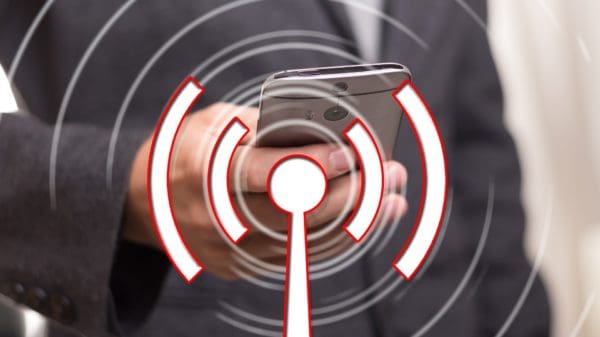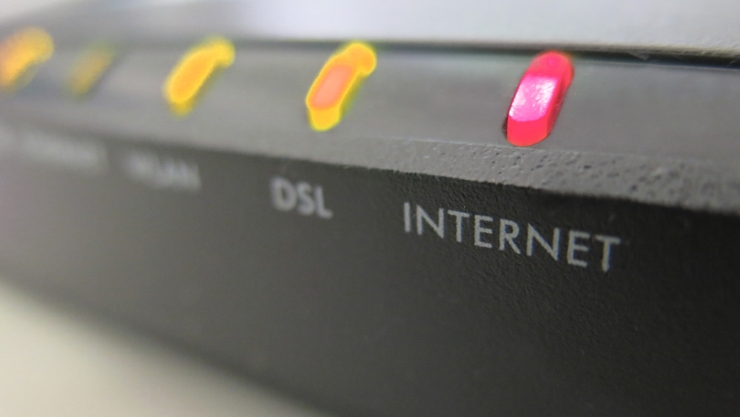French research firm Idate, claimed recently that shipments of femtocell (or small cells) will reach 23 million units worldwide within 2017. It is expected to generate revenues of €931 million (a growth prospect of 159% per year).
Needless to say, every technology company is doing their best to get a head start in small cell business and enjoy the share of growth in the mobile market. While the buzzword in the wireless field on 2013 is small cell, there are many tech buffs who are not aware of why adoption of small cell technology is required? Various research revealed that volumes of wireless data will exceed the amount of wired data by 2015. In such circumstances, the obvious questions were:
- How to manage enormous data capacities?
- How to meet customers’ expectations for quality services?
- At the same time, how will the operator’s deliver a cost effective solution?
The operator is looking at both licensed (small cells) and unlicensed (Wi-Fi) technologies to meet the growing requirements.
While Wi-Fi technology is a common term, femtocell or small cell is quite a new word in this wireless industry. The subscribers however are eager to use both the technologies side by side as
- Wi-Fi offers fast and inexpensive wireless access
- Small cells offer better mobility and coverage
The challenge before the operators and how small cells can become a solution:
With the worldwide mobile data traffic estimated to increase 13 fold over the next five years; mobile operators are in search of a technology that will provide improved cellular coverage, applications and capacity. More and more consumers are expecting ubiquitous coverage and mobile data services with sufficient bandwidth wherever they are, even on the go. Cellular networks have to update its performances with the changing of phones’ capabilities. Hanging out of windows for receiving coverage or waiting forever for web pages to download just cannot be a solution.
What the operators will do to come up with better services? They are facing significant challenges in offering full or adequate coverage to dense urban and rural communities. Small cells combined with Wi-Fi technology has the potential to make a paradigm of changes over the macro cell’s architecture upon which most mobile carrier networks are currently based. The aim of these shrunken cells is to deliver massive amounts of bandwidth in the area where people are using it. It can be shopping malls, urban parks, public parks, remote locations and busy business areas.
Small cells actually allow carriers to do something more with the same spectrum. The low powered radio access nodes have limited ranges that lie between from 10 metres and 2 kms. This allows a higher capacity over small coverage area. In a nutshell, deployment of small cells increases the capacity and size of the network.
How small cells meet different challenges
2007 witnessed the birth of the iPhone and Android which gave rise to universal addiction to remain connected with smart devices all the time. This has placed high demands on mobile networks. Thus, the convergence of small cells and Wi-Fi emerged as an effective solution to meet the growing need for coverage and uninterrupted internet services.
Office
In an enterprise context, small cells coupled with Wi-Fi provide simpler, low cost alternative to traditional in-building solutions. The business users can take advantage of high quality mobile services that will include increasing data rates, improved coverage and much reduced capital cost.
Public and rural areas
The low cost and easy set up has made small cells equipped with Wi-Fi a viable alternative to traditional macro networks in remote rural areas where network infrastructure is quite poor. In Urban areas too, operators can use small cells to offload macro network traffic, increase capacity and improve local coverage.
Home
Femtocells can also solve the apartment-wireless challenges with a device that employs power and backhaul through user’s existing resources. It significantly increases the battery life of existing phones and enables a capacity that is at par with the full 4G network sector at very low transmit powers.
The small cell and Wi-Fi technology help mobile traffic to shift from a network to another through using complementary technologies. Such an action will reduce congestion in networks, save costs on data services and provide better bandwidth to end users.
Operators not only boost the capacity by using both small cells and Wi-Fi; they reap additional profits by deploying Wi-Fi technology in the small cell enclosure. The main purpose behind such a combination is to integrate Wi-Fi traffic within the cellular network.
Future of mobile and wireless communication
We envisage a future whereby small cells are mounted on street poles and ceilings at the beginning. Technology enterprises and universities are relentlessly working on a new concept called super-dense network. The main goal is to put multiple tiny cells in every room. Researchers are actually trying to identify a network technology that is beyond LTE advanced standards that are already in the market, so that there is no difficulty accessing the internet or mobile services even with increased usage and functionalities.
Steven Scheck is the Principal of Inspire WiFi, the nationwide leader of multifamily wifi and healthcare wifi. When he isn't bringing Wi-Fi to the masses, he enjoys spending time and traveling with his wife and 4 kids and occasionally gets in a round of golf. He is also very involved in philanthropic causes in Miami and nationally.

3 Comments
Leave a Reply
Cancel reply
Leave a Reply
This site uses Akismet to reduce spam. Learn how your comment data is processed.
























































































































































































myles
May 20, 2013 at 7:27 pm
@Steven i did know about this concept of Smell cells earlier. And what do you think , does it really has a future in the coming technologies that are brought to the modern times?
Sudipto
May 21, 2013 at 7:01 am
Hey Steven,
Nice post and Thanks for sharing this post with us. I learned lots of new things related to small cell but now this post enhance my knowledge.
Pingback: Small Cells and Wi-Fi integration to Ease Netwo...